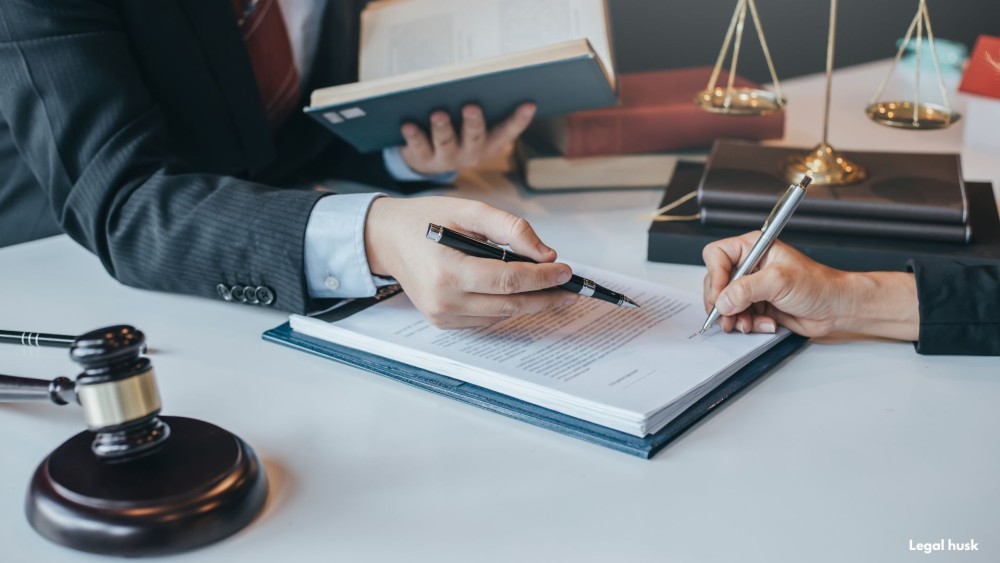Get Your Legal Documents Now!
Whether you are dealing with a complex family matter, facing criminal charges, or navigating the intricacies of business law, our mission is to provide you with comprehensive, compassionate, and expert legal guidance.

Injured by a defective product? Learn how to draft a product liability complaint that demands accountability and gets your case off to a strong start.
When a product malfunctions and causes harm, the law may entitle you to compensation. But to pursue justice, it all starts with the complaint—the legal document that launches your case. In product liability litigation, your complaint must clearly lay out who’s at fault, how the product was defective, and what damages you’ve suffered.
This step-by-step guide will walk you through how to draft a solid product liability complaint that holds manufacturers, distributors, or retailers accountable.
Before writing your complaint, identify the legal theory that supports your case:
Strict Liability: Defendant is liable even without proving negligence, simply due to the product’s defect.
Negligence: Defendant failed to act with reasonable care in design, manufacture, or warnings.
Breach of Warranty: The product failed to perform as promised, violating an express or implied warranty.
📌 Many complaints allege multiple causes of action to strengthen the claim.
Court name and jurisdiction
Case number (if assigned)
Names and addresses of plaintiff(s) and defendant(s)
State whether the case qualifies for federal or state jurisdiction
Justify venue: where the injury occurred or where the defendant conducts business
Plaintiff: Background, location, and how they were harmed
Defendant: Role in product creation or distribution
Identify the product: name, type, model, serial number
Describe the defect:
Design defect (inherent flaw)
Manufacturing defect (production error)
Failure to warn (missing or unclear warnings)
Detail the incident: What happened? How were you harmed? What injuries and financial losses occurred?
Each theory gets its own “Count.” For example:
Count I – Strict Liability: “Defendant placed a defective and unreasonably dangerous product into the stream of commerce.”
Count II – Negligence: “Defendant failed to inspect and test the product adequately before distribution.”
Count III – Breach of Warranty: “Defendant guaranteed safety through express marketing and implied fitness.”
Specify what you’re asking the court to award:
Compensatory damages: Medical expenses, lost income, pain and suffering
Punitive damages: For reckless or intentional conduct
Injunctive relief: Product recall or improved labeling
Legal costs and attorney’s fees
The complaint must be signed and, in some jurisdictions, verified by the plaintiff or attorney under penalty of perjury.
Submit the complaint electronically or in person
Pay the required filing fee
Ensure compliance with formatting and procedural rules
Deliver a copy of the complaint and summons
Use proper service methods (e.g., personal service, certified mail)
Keep proof of service
The defendant typically has 20–30 days to respond. They may:
File an Answer
File a Motion to Dismiss
Raise a Counterclaim
Proving the Defect: You must demonstrate that the product was flawed and directly caused the injury
Identifying All Liable Parties: Manufacturers, suppliers, and retailers may all be involved
Statute of Limitations: Filing deadlines vary—miss it and your case may be dismissed
Federal Preemption: Some product categories (e.g., drugs) may be governed by federal law that limits lawsuits
⚠️ Always review the applicable state or federal product liability laws.
✅ Be Specific: Include detailed descriptions and evidence
✅ Use Plain Language: Avoid overly legalistic jargon
✅ Cite Statutes and Case Law: Show legal grounding
✅ Follow Format: Adhere to local court rules and FRCP (if in federal court)
✅ Consult an Attorney: A lawyer can add strength, clarity, and strategy to your complaint
A well-drafted product liability complaint is your first step toward justice and recovery. From outlining how the defect caused your injuries to specifying the compensation you seek, your complaint must be clear, structured, and legally grounded. With proper planning and attention to detail, your case will be positioned for success.
💼 Let Legal Husk Draft a Winning Product Liability Complaint
At Legal Husk, we help injury victims and legal teams craft strong, strategic product liability complaints that hold companies accountable.
📌 Injured by a defective product?
Let us help you file a clear, compliant, and compelling complaint that demands justice.
📞 Reach out today or visit us online to get started.
👉 Visit:
🔗 legalhusk.com
🔗 legalhusk.com/services
🔗 legalhusk.com/services/product-liability
🔗 legalhusk.com/about-us
💬 Start strong—start with Legal Husk.
🧠 Pro Tip: Include photos of the product, injury reports, and recall notices in your complaint—they add weight and clarity to your allegations.
📩 Need help drafting your product liability complaint?
Partner with Legal Husk for expert legal writing that gets results.
Whether you are dealing with a complex family matter, facing criminal charges, or navigating the intricacies of business law, our mission is to provide you with comprehensive, compassionate, and expert legal guidance.
Comments